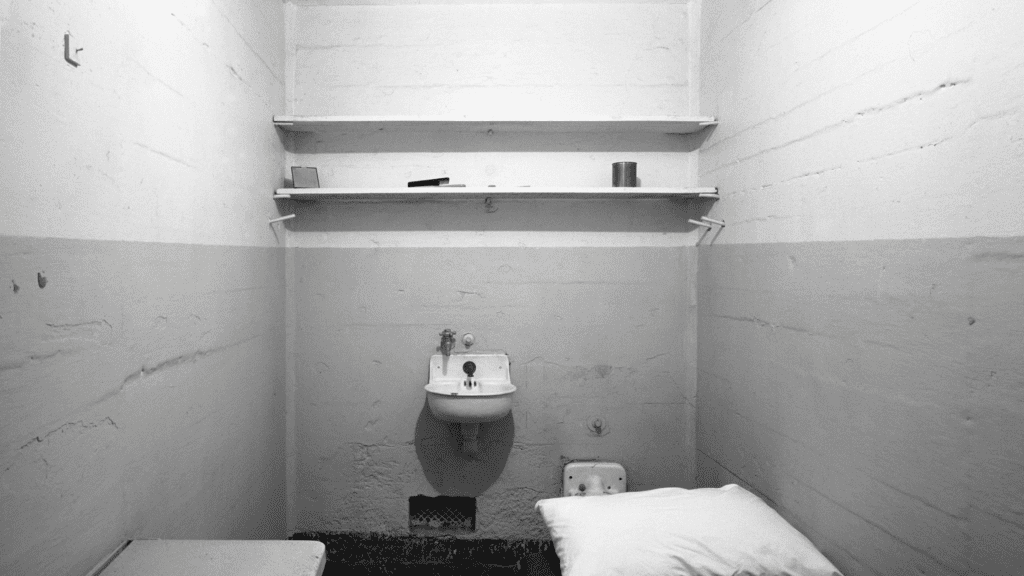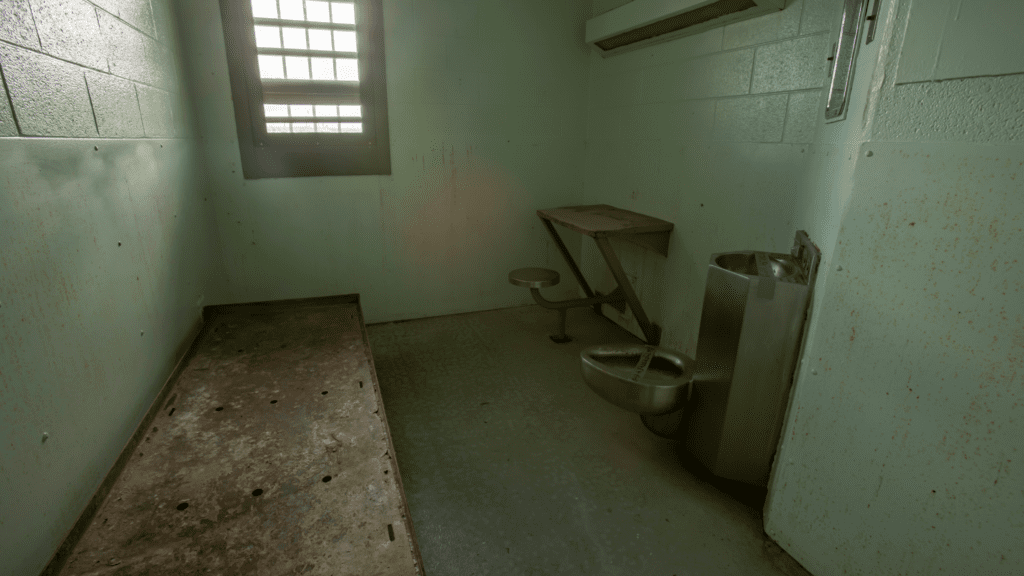Lionheart’s Stance on Solitary Confinement

Background on Solitary
Solitary confinement is defined as the physical isolation of incarcerated individuals, without meaningful human interaction, for 22-24 hours per day. Depending on the state and ‘purpose’ for isolation, solitary is also known as restrictive housing, protective custody, “the hole,” supermax, special housing units, administrative segregation (ad-seg), or simply ‘isolation.’ Research unequivocally shows the detrimental impact of solitary confinement.
“As of the summer of 2019, an estimated 55,000 to 62,500 prisoners in the United States were held in isolation for an average of 22 hours a day for 15 days or more” (according to a nationwide survey conducted by the Correctional Leaders Association (CLA) and The Liman Center for Public Interest Law at Yale Law School).

Even though solitary was originally designed to deal with those in prison committing significant violence, “…segregation is now relied on heavily to manage challenging populations, house vulnerable people, and punish people for all levels of infractions, from serious to minor and nonviolent” (The Vera Institute). Further, while it was initially meant to serve as a deterrent to returning to prison, studies show that those who spend time in solitary actually have an increased risk of recidivism.
Given the impacts of systemic oppression and racism within the criminal justice system as a whole, it is no surprise that solitary confinement disproportionately impacts marginalized groups: studies show that young Black men and other people of color are more likely to be placed in solitary confinement, as are those who are LGBTQ+. Further, a recent study showed that having a mental illness was associated with a 170% greater likelihood of being placed in extended solitary confinement.

Solitary is a form of torture and violence which many are subjected to for years, sometimes decades. Research from The Liman Center for Public Interest Law showed that in 2016, 11% of those held in solitary had been there for over three years, with 5.4% there for six years or more. It is widely believed that these figures underestimate the amount of time many spend in solitary. Few, if any, leave long-term isolation undamaged.
Solitary is known to have extremely detrimental effects on a person’s physical, emotional, cognitive, and social health, associated with significant psychological deterioration and much higher rates of suicide. In fact, solitary has such deleterious effects that the U.N. Committee Against Torture has repeatedly condemned its use, including it in a list of “cruel, inhuman or degrading treatment or punishment.”
For more information on solitary confinement, visit the links at the bottom of this blog post and watch this video from advocacy group Unlock the Box.
Lionheart’s Stance on Solitary Confinement
Everything we do at Lionheart stems from the belief that all human life has value, inherent worth, dignity, and resiliency. The harmful impact and the immorality of long-term solitary confinement is indisputable, thus we oppose the use of solitary confinement. Lionheart stands with those doing the critically needed advocacy, policy, and legal work to eliminate its use in the US and around the world.
With that said, while those who are incarcerated continue to be housed in solitary confinement, particularly for long periods of time, Lionheart will continue to provide them with meaningful, transformational social and emotional programming. As Amy Fettig, deputy director of the ACLU National Prison Project points out, in most places there is little to no effort to offer rehabilitative programming in solitary. Lionheart wants to change that.
Lionheart’s history of providing programming to those in solitary started with our first of five “Innovative Grants” from the California Department of Corrections and Rehabilitation (CDCR), which gave Lionheart the opportunity to develop and offer the Houses of Healing Self-Study Program to men in three CDCR Special Housing Units (SHUs). Just over 400 men registered for the course. By the end of the grant period, Lionheart received an unprecedented 160 evaluations. 100% of respondents indicated that they would recommend the program to others.
Seeing the power of and response to the self-study program from participants (delivered in 14 separate weekly mailings along with the HOH book), Lionheart created Making Time Count (MTC) in order to make the course available in one workbook.
The opportunity to engage with the Making Time Count (MTC)/Houses of Healing (HOH) program can serve as a lifeline to sanity, emotional stability, healing, and hope in a time otherwise filled with misery and loneliness. This resiliency-based program can give people the skills to minimize the detrimental effects of being locked in a cage hour after hour, day after day, week after week, and far, far, far too often, year after year. MTC is not an antidote to long term solitary, but it can be a profound lifeline for some.
Lionheart is currently offering Making Time Count in a solitary unit in CA as part of another grant. The feedback continues to be outstanding.
“Not only was this program positive, but ‘deep.’ I was being understood and accepted. I actually felt like there was someone with me in my cell guiding me through this.”
“The Making Time Count course changed my whole outlook on life.”
“It has allowed me to view the world in a very different way. It made me realize why we act the way we do because we’re hurting. I found myself and I didn’t know this could happen… It helped me be in control of me. I thank MTC for helping me grow these months I’ve been in the SHU.”
“If you want to find yourself and the reason of your downfalls and how to identify your character this is it. This is the key I used to learn ‘self-control’ and ‘self-motivation.’ This material is a blessing that came to me in a moment of my life where I was struggling…”
“This course changed me completely.”
Resources on Solitary
ASCA Liman Aiming to Reduce Time in Cell
Confronting Confinement: A Report of the Commission on Safety and Abuse in America’s Prisons
Public Health and Solitary Confinement
Hell Is a Very Small Place: Voices from Solitary Confinement
Six by Ten: Stories from Solitary
Solitary Watch, FAQs on Solitary
Unlock the Box, Advocacy Group
Wondering how you can help the movement against solitary confinement? Check out this list of 10 things you can do to end solitary, courtesy of Voice of Witness.

[…] As discussed in previous blogs, research unequivocally shows the detrimental impact of solitary confinement, which is why Lionheart is committed to providing high-impact rehabilitative programs to those in highly restrictive housing nationally. To learn more about solitary confinement, please read our earlier blog. […]